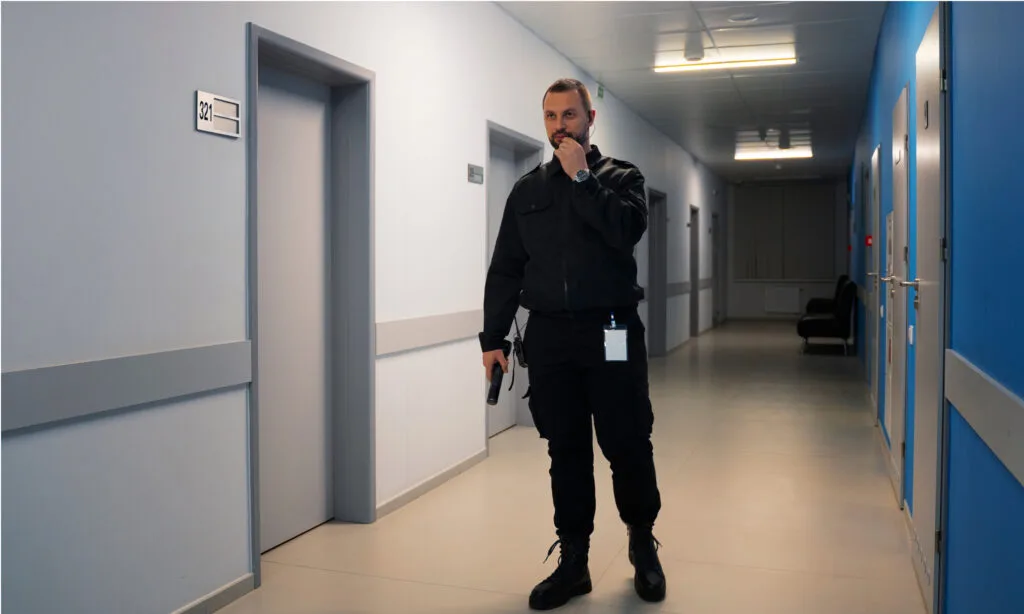Imagine this: you’re a teacher, preparing for the day ahead when a student approaches you displaying troubling behaviour. They’re withdrawn, distant, and expressing alarming thoughts. You’re concerned but unsure of the next steps.
This scenario is one many educators face, and it underscores why having a robust school threat assessment process is critical.
With the rise of safety concerns in schools, identifying and addressing potential threats early is more important than ever. A school threat assessment is designed to safeguard students, staff, and the broader school community.
But how can schools stay ahead of these risks?
The Importance of School Threat Assessment
A school threat assessment is not about creating fear but about empowering schools to identify and neutralise potential risks before they escalate.
Here’s why it’s vital:
- Early identification: Spotting warning signs before they become serious issues.
- Risk assessment: Analysing the severity and likelihood of potential threats.
- Intervention strategies: Acting to mitigate risks while ensuring the safety of students and staff.
School threat assessments ensure a proactive approach to maintaining a safe environment while minimising the potential for violence, disruption, or harm.
Understanding the Scope of School Threat Assessment
The scope of school threat assessment is broad, covering many potential risks:
- Violence: Physical or verbal threats directed at individuals or groups.
- Disruptions: Behaviour that interferes with the learning process.
- Cyberbullying: Online harassment or intimidation.
- Substance abuse: Use of drugs or alcohol on school grounds.
- Mental health concerns: Students facing depression, anxiety, or other issues that could impact their behaviour.
Schools must be equipped to identify and address these risks promptly.
A Collaborative Approach to School Threat Assessment
A comprehensive school threat assessment requires input from multiple stakeholders:
- Administrators: Develop policies and ensure staff are trained.
- Teachers and staff: Often the first to notice concerning behaviours in students.
- School counsellors and psychologists: Offer support and early interventions.
- Parents: Can provide valuable insights and communicate concerns.
- Law enforcement: May be involved in more serious cases to ensure safety.
Identifying Potential Warning Signs
A successful school threat assessment depends on recognising potential warning signs. These can be broken into three categories:
1. Behavioural Changes
- Sudden withdrawal from social activities.
- Noticeable drop in academic performance.
- Increased anger, aggression, or obsession with violence.
- Expressing suicidal thoughts or making threats.
2. Communication Patterns
- Verbal or written threats.
- Writing or drawing violent themes.
- Online harassment or cyberbullying.
3. Physical Indicators
- Carrying weapons.
- Substance abuse.
- Displaying threatening symbols or extremist ideologies.
Developing a School Threat Assessment Plan
A structured school threat assessment plan should include:
- Policy and procedures: Clear guidelines for reporting and responding to threats.
- Training programs: Regular staff training on identifying risks and implementing intervention strategies.
- Communication protocols: Effective communication between staff, students, parents, and law enforcement.
- Resource allocation: Ensuring the school has adequate resources to support the threat assessment process, possibly with an integrated security system.
- Data collection: Gathering and analysing data on incidents to identify trends and areas for improvement.
Implementing Effective Intervention Strategies
Once a potential threat is identified, swift intervention is essential. Strategies can vary depending on the severity of the risk:
- Early intervention: Addressing issues early through counselling or support programs.
- Risk management: Implementing security measures such as restricted access to dangerous objects.
- Crisis response: Having procedures in place for emergency situations, including evacuation or contacting authorities.
- Support services: Providing mental health services and counselling for students and families.
The Importance of Ongoing Evaluation and Improvement
School threat assessment is an ongoing process that requires regular updates and improvements to remain effective:
- Regular reviews: Update policies to reflect changing needs.
- Data analysis: Review incident data to identify emerging trends.
- Staff training: Ongoing professional development on best practices.
- Community engagement: Involving students, parents, and community members in creating a safer school environment.
Conclusion
Establishing a comprehensive school threat assessment program is key to creating a safe, supportive environment for students and staff. It’s about fostering a culture of care, where concerns are reported early, and risks are managed effectively.
By understanding the importance of proactive identification, risk assessment, and intervention, schools can reduce the potential for harm and enhance safety.
For professional assistance in implementing a thorough school security plan, Accord Security is here to help.Contact us today to discuss your needs
Frequently Asked Question
Signs include behavioural changes like withdrawal, anger, or threats, as well as physical indicators such as carrying weapons or engaging in cyberbullying.
Follow the school’s reporting procedures, which may involve speaking to a teacher, counsellor, or administrator.
The school will investigate and take appropriate action, which may include counselling, disciplinary measures, or involving law enforcement.
Maintain open communication, encourage reporting of concerns, and monitor their online activities.
Parents can support by staying informed, communicating with the school, and being aware of any changes in their child’s behaviour.
